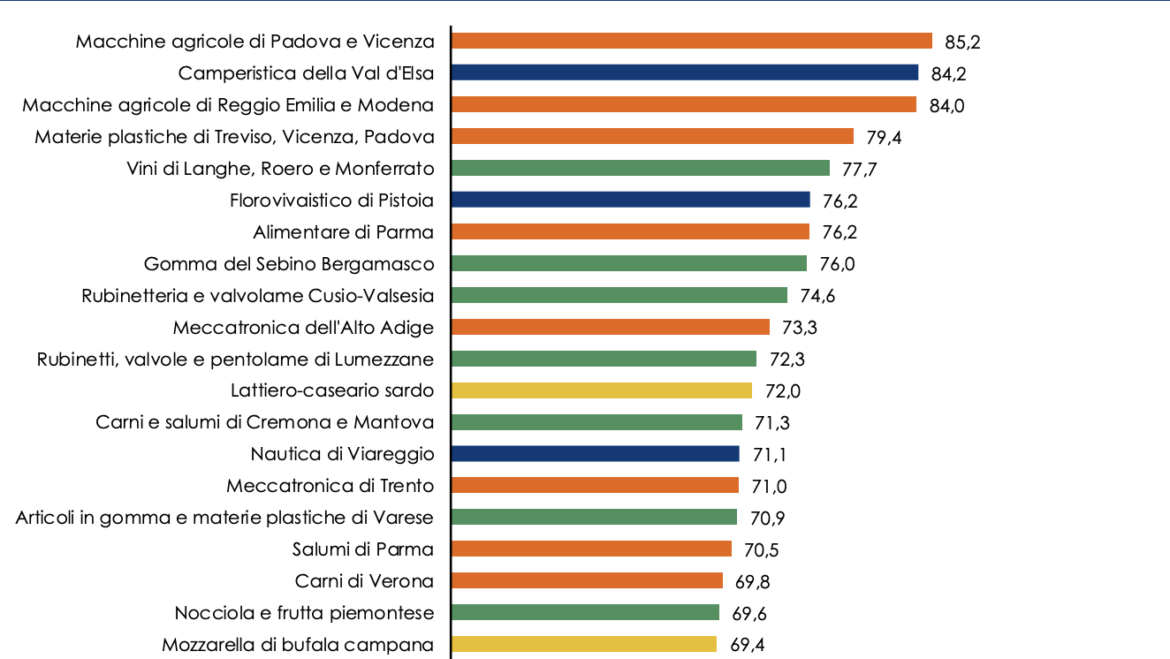For those of us at Miravalle 1926, who work in the world of wine and its by-productsand who are based in Piedmont, reading such news is good for us and gives us more strength to go forward with conviction, even in these difficult times.
We are talking about the ’14th Report on the Economy and Finance of Industrial Districts’ by Intesa San Paolo, presented a few days ago. As also reported by Wine News, “on the whole, the Italian districts, in 2021, saw a rebound in turnover of +25.2% on 2020, and +4.3% on 2019, with exports touching the record figure of 133 billion euro. Districts that are confirmed to be competitive even in the first quarter of 2022, with exports up +19.3% on 2021, and +16% on 2019, with the food and beverage districts well above average, with growth of +15.4% on 2021, and even +26.4% on 2019″.
Enough to think that the wine district of Langhe, Roero and Monferrato, as we know strong in Barolo, Barbaresco, Barbera and much more, represents the main driving force of the Italian wine sector.
From what emerges clearly from Intesa San Paolo’s 2021 report, our district in terms of growth performance, profitability and equity is 5th among all Italian districts* (preceded only by those of: Agricultural Machinery of Padua and Vicenza, Camper Industry of Val d’Elsa, Agricultural Machinery of Reggio Emilia and Modena, Plastics of Treviso, Vicenza, Padua) and in the wine & food sector it is the best ever.
As Intesa San Paolo points out, “the evidence emerging from the Report confirms the crucial role of production chains as a competitiveness factor in the coming years. In the districts, the average distance of supplies is very limited: in 2021 it was 116 kilometres, 24 less than in non-district areas. The average number of suppliers per company is also higher (29 vs. 25).
The ability to operate in foreign markets is another strong point of the districts, which historically have a higher degree of globalisation, measured by the number of foreign subsidiaries (29 per 100 companies vs. 19 in non-district areas) and by the share of companies that export (62.1% vs. 52.2%). The districts are also well positioned in terms of patent capacity, with 70.7 patents per 100 companies; non-district areas stop at 51.5″.
*
1 – Agricultural machinery of Padua and Vicenza
2 – Camper Industry of Val d’Elsa
3 – Agricultural Machinery of Reggio Emilia and Modena
4 – Plastics of Treviso, Vicenza, Padua
5 – Wines of Langhe, Roero and Monferrato
6 – Horticulture of Pistoia
7 – Foods of Parma
8 – Rubber industry of Sebino Bergamasco
9 – Faucets and fittings of Cusio-Valsesia
10 – Mechatronics of Alto Adige
11 – Taps, fittings, valves and cookware of Lumezzane
12 – Dairy industry of Sardinia
13 – Meats and cold cuts of Cremona and Mantova
14 – Nautical industry of Viareggio
15 – Mechatronics of Trento
16 – Rubber industry and plastics of Varese
17 – Charcuterie of Parma
18 – Meats of Verona
19 – Hazelnut and fruits in Piedmont
20 – Buffalo Mozzarella in Campania

